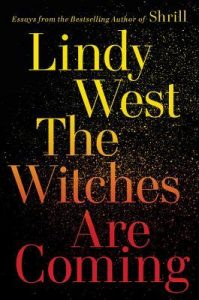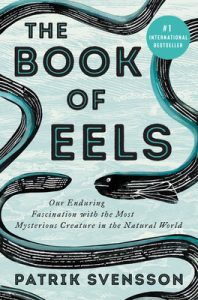Whether you’re more into New York style bagels or Montreal bagels, apparently Bagel Day was yesterday (Jan 15), and though we’re a little late onto this train, you can learn about the history of the humble bagel in The Bagel by Maria Balinska – yes, an entire book dedicated to it – along with a variety of recipes you can use to try your hand at making your own, so you can put whatever toppings and seasonings you like!
 For a variety of different ways to make challahs, babkas, bagels, and more, check out Modern Jewish Baker by Shannon Sarna. The bagels in this one are New York-style bagels, and they come in a variety of incarnations, from plain bagels and whole wheat ones to jalapeno cheddar bagels and sweeter varieties like blueberry (classic) and cinnamon raisin, you’ll have enough bagels for all your sandwich desires! What I really like about this book is that it also contains lots of step-by-step shaping photo instructions, guiding you through how to shape your bagel dough, yes, but also the different ways you can braid your challah (in addition to the many-numbered strands, there’s also stuffed challah. Stuffed with delicious filling challah) and a clear demonstration of how to shape a babka.
For a variety of different ways to make challahs, babkas, bagels, and more, check out Modern Jewish Baker by Shannon Sarna. The bagels in this one are New York-style bagels, and they come in a variety of incarnations, from plain bagels and whole wheat ones to jalapeno cheddar bagels and sweeter varieties like blueberry (classic) and cinnamon raisin, you’ll have enough bagels for all your sandwich desires! What I really like about this book is that it also contains lots of step-by-step shaping photo instructions, guiding you through how to shape your bagel dough, yes, but also the different ways you can braid your challah (in addition to the many-numbered strands, there’s also stuffed challah. Stuffed with delicious filling challah) and a clear demonstration of how to shape a babka.

